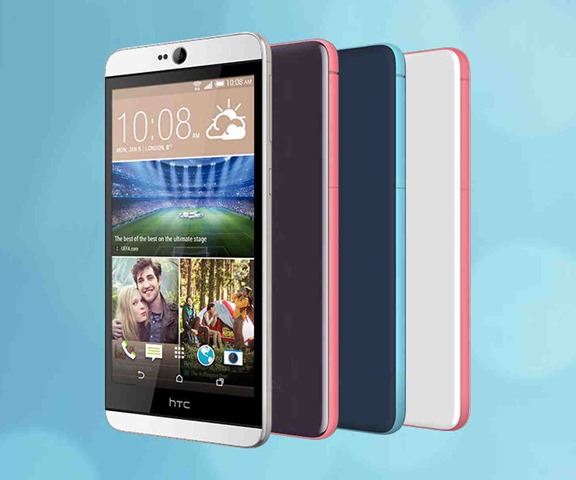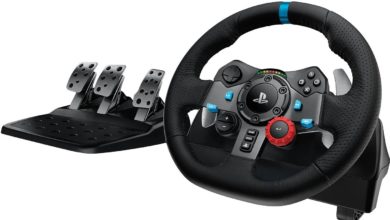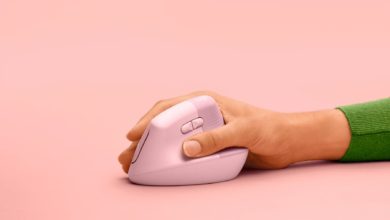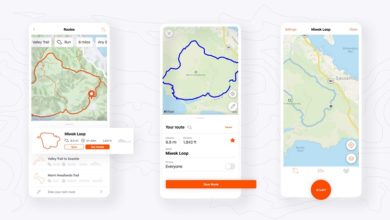[CES 2015] HTC Desire 826 comes with an Ultrapixel front camera for better selfies
The selfie fever isn’t dying down anytime soon. To make hay while the sun shines, HTC has announced another new phone today called the Desire 826. It’s a Desire 820 with an improved display and a 4 MP Ultrapixel camera on the front instead of an 8 MP sensor.
HTC has been trying to capitalize of this selfie mania with a couple of phones launched before, one of them being the Desire Eye featuring a 13 MP camera on the front along with a dual LED flash. Crazy, indeed. The good thing is, the Desire 826 comes with Android 5.0 Lollipop out of the box, unlike the Desire 320 which comes with KitKat.
- Android 5.0.1 Lollipop with HTC Sense UI on top
- 5.5” IPS LCD display, 1920×1080 pixels, ~401 PPI
- 64-bit Quad-core 1.7 GHz Cortex-A53 & quad-core 1.0 GHz Cortex-A53 Qualcomm Snapdragon 615 processor, Adreno 405 GPU
- 13 MP camera, LED flash, 1080p recording; front facing 4 MP Ultrapixel camera, 2µm pixel size
- 2 GB RAM, 16 GB internal memory, expandable with a microSD card
- Wi-Fi b/g/n, Bluetooth 4.0, FM Radio
- 2600 mAh battery
HTC will be bundling the BoomSound experience we’ve all come to appreciate from the HTC One. Since the comapny wants to stress on the camera as well, the HTC EYE software enhancements will also make their way to this phone. The company will also be including Dolby audio to make sure your media experience is great.
The HTC Desire 826 seems headed to the Asia-Pacific region only for the moment, so don’t wait for it to be available in other regions.




